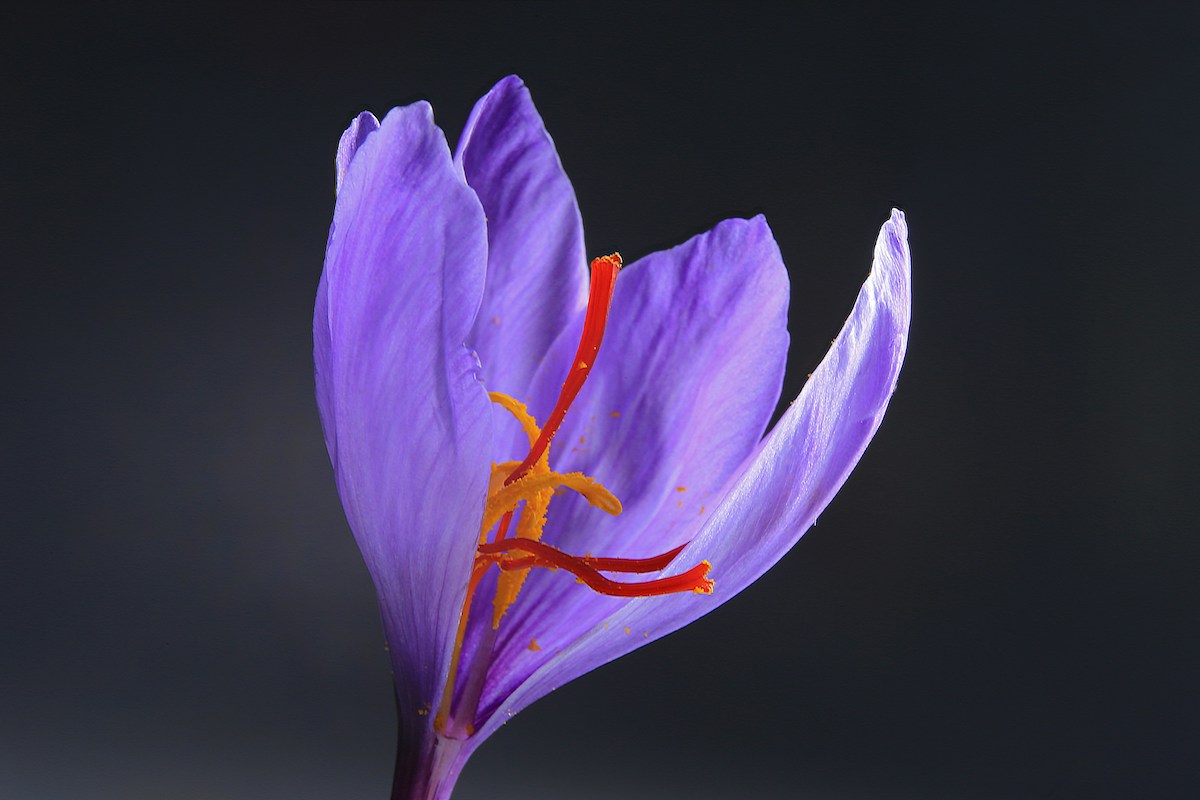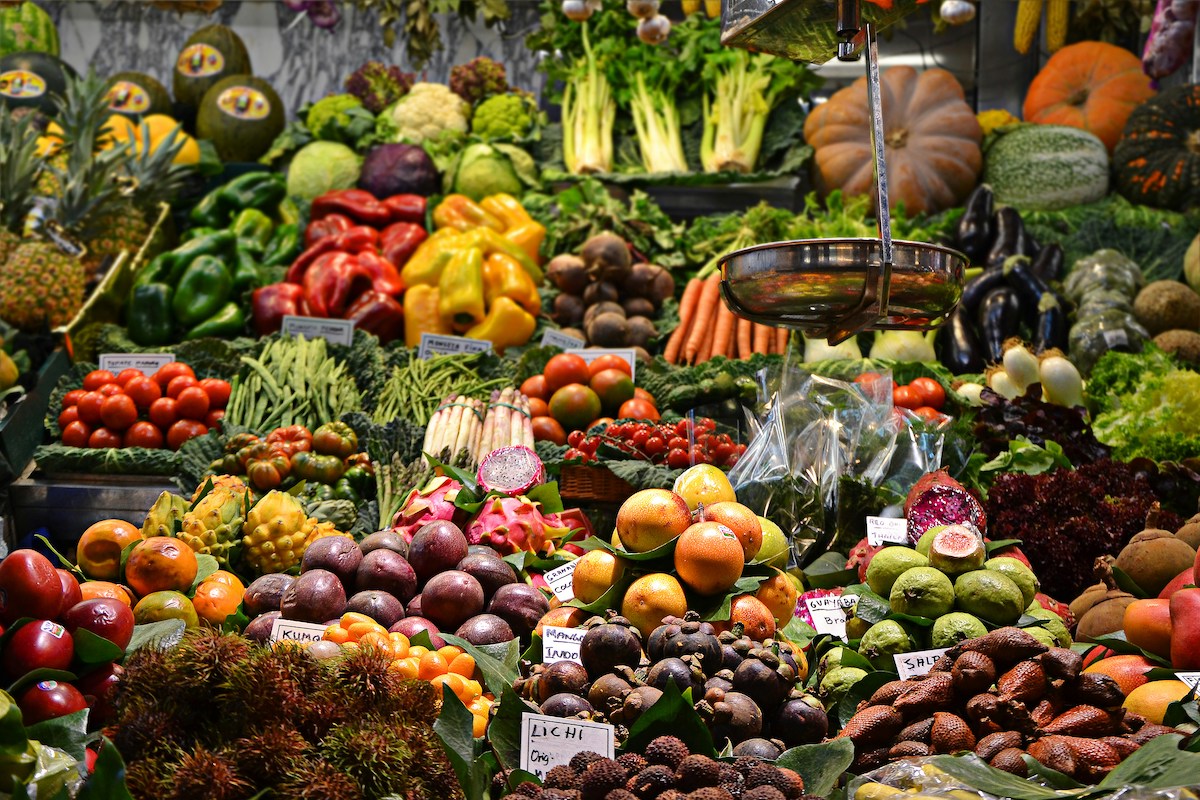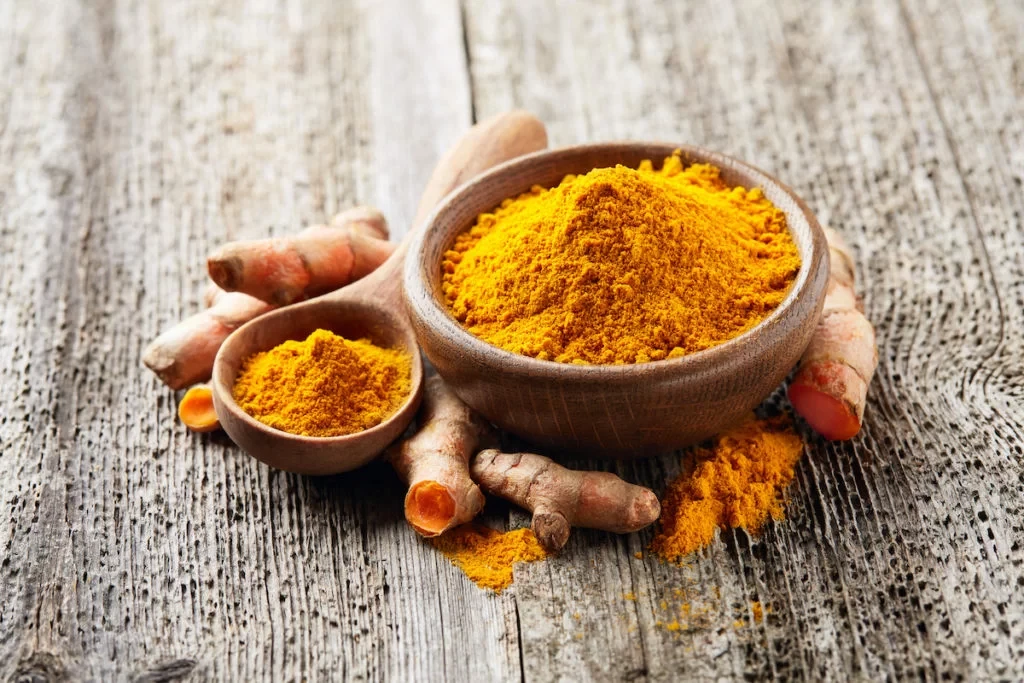From Spice Rack to Skincare Savior: Exploring the Power of Saffron

In this Article
Share
For many people, saffron is seen as a popular spice for cooking, a natural food additive that adds an earthy, sweet, and bitter flavor to any dish. From an Ayurvedic perspective, this means that it can actually help balance all three Doshas.
However, Ayurveda also teaches us that this spice is commonly used for its skin care benefits, too. It can be mixed with oil for moisturizing, used for its anti-inflammatory properties to help reduce skin irritation, and so much more.
Whether you choose to use saffron as an oral ingredient or a topical tool, you’ll likely experience multiple health and/or skin benefits because of it.
Improving Dosha Imbalances
Of course, saffron can be added to milk, soups, rice, or salads to improve the flavor of the dishes. But it can also be used for so much more… and can actually address Dosha imbalances.
Some health benefits are specific to the Doshas:
Are you experiencing anxiety, aches, pains, or cramps? Try consuming saffron with warm milk to address these Vata imbalances.
Have you been dealing with acid reflux? Saffron with ghee can help address this Pitta disorder.
And if you’re experiencing weak digestion or a depressed mood, try taking saffron with honey to address these Kapha imbalances.
Using Saffron In Home Health Remedies
Saffron also boasts a wide variety of properties that can help address other day-to-day health needs. Research actually shows that the spice can reduce everyday symptoms of pain – like cramps or arthritis – in similar ways to modern medicines like ibuprofen.
To reduce blood pressure:
Steep two strands of saffron in a cup of hot water for 5-7 minutes and then drink it. The antioxidants and potassium can help to lower blood pressure, while also reducing cholesterol levels.
To improve your mental state:
Add two pinches of saffron to a cup of warm milk and consume it at bedtime. This can help increase serotonin and transfer its signals throughout your brain, resulting in an improved mood and a more relaxed mind.
To improve PMS mood swings:
Keep saffron on hand and smell it to get some relief from the wild mood swings that can be a part of PMS symptoms.
To relieve migraines:
Heat 100 ml of ghee and add in 5-6 strands of saffron. Mix well, filter, and store in an airtight container. Rub a drop of this inside of your nostrils every evening before bedtime to help relax your nervous system and, as a result, reduce migraine symptoms.
To relieve a cough:
Take 1 cardamom, 4 black peppercorns, ¼ inch piece of fresh ginger, ⅛ tsp curcuma powder, and 2 saffron strands. Grind them together to a fine powder, mix with warm water, and apply on your forehead and chest for 10 minutes. After washing this mixture off with warm water, you may experience relief of a cold, a productive cough, and/or a headache.
To reduce hair loss:
Add 4 strands of saffron and ⅛ tsp licorice powder to half a cup of warm milk. Apply this mixture on your scalp and on your hair, from root to tip. Wait 10-15 minutes before washing it out. This may help strengthen the hair roots, reducing hair loss and making your hair more silky.
Using Saffron In Skin Care
Carotenoids are essential pigments found in saffron, which play a role in the growing of the spice. They also have antioxidant properties, which can help skin maintain its optimum health and maintain a youthful appearance.
It also holds anti-inflammatory properties, which gives saffron the power to help reduce skin irritation and swelling. For these reasons, and many others, saffron is a great tool to keep around for your skin care.
To reduce skin discoloration:
Combine saffron strands and milk to make a paste. Apply it to pimple scars or blackheads and leave on overnight.
To reduce the appearance of fine lines:
Soak 10 almonds in water overnight. Drain away the water, remove the almond skins, add 5-6 strands of saffron, and grind them into a paste. Apply this as a face mask and keep it on for 7-10 minutes to increase moisture and elasticity.
To improve dark under eye circles:
Combine 20 basil leaves, ⅛ tsp curcuma, and 4 strands of saffron. Grind them into a smooth paste, apply as a mask, and leave it for 5-7 minutes. This can help address dark under eye circles, as well as acne and dark spots.
To exfoliate your skin:
Combine 2 tsp chickpea flour, 2 pinches saffron powder, and warm water to make a paste. Use as a face scrub 2-3 times each week to exfoliate and remove dirt build-up.
To get glowing skin:
Create a face mask by mixing together 2 tsp white sandalwood powder and 2 pinches saffron powder with some water. Use once per week for smoother and more radiant skin.
To maintain your skin’s youthfulness:
Infuse coconut oil with saffron and use it for facial massage 2-3 times per week. This can help improve blood circulation in your face, helping to keep signs of aging at bay.
Next Articles






RANAVAT – A Letter To Self
The founder of RANAVAT pens a letter to her younger self at a pivotal moment in her life.


